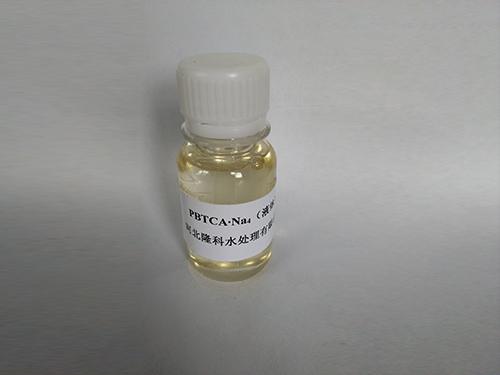Understanding the Principles and Applications of Coagulation and Flocculation in Water Treatment Processes
Coagulation and Flocculation Essential Processes for Water Treatment
Coagulation and flocculation are critical processes widely used in water and wastewater treatment to enhance the removal of suspended solids, pathogens, and other contaminants. Both processes work in tandem to improve water quality, ensuring that it is safe for consumption and suitable for various industrial applications.
Coagulation Process
Coagulation is the first step in the treatment process, involving the addition of chemical coagulants to the water. Common coagulants include aluminum sulfate (alum), ferric chloride, and polyaluminum chloride. The primary objective of coagulation is to destabilize the colloidal particles suspended in the water. These particles are often negatively charged, which keeps them dispersed and prevents them from settling. When a coagulant is introduced, it neutralizes the charge of the particles, allowing them to come together.
The process can be affected by various factors, including pH, temperature, and the concentration of coagulants. The optimal conditions for coagulation can vary depending on the specific water source and its composition. Therefore, conducting preliminary jar tests to determine the appropriate coagulant type and dosage is a common practice in water treatment facilities.
Flocculation Process
Following coagulation, the flocculation process takes place. This is a gentle mixing stage that promotes the aggregation of the destabilized particles into larger clumps known as flocs. These flocs are easier to remove from water and can be separated by sedimentation or filtration. Flocculation involves the use of longer mixing times and lower speeds compared to coagulation, allowing the small particles to collide and bond together without being broken apart.
coagulation and flocculation

Flocculants may also be added during this phase. Unlike coagulants, flocculants are typically high molecular weight organic polymers that further aid in consolidating the flocs. The choice of flocculant can significantly influence the efficiency of the treatment process. Factors such as floc size, settling rate, and the overall clarity of the treated water can be optimized by selecting the appropriate flocculant type and dosage.
Importance in Water Treatment
The significance of coagulation and flocculation in water treatment cannot be overstated. These processes are essential for removing impurities that pose health risks, such as bacteria, viruses, and protozoa. In addition to microbial contaminants, coagulation and flocculation help in removing turbidity, color, and organic compounds, leading to clearer and safer water.
Moreover, these processes can enhance the effectiveness of subsequent treatment steps, such as sedimentation and filtration, by reducing the load of solids that need to be managed. Effective coagulation and flocculation can lead to lower operational costs and reduced chemical usage in later stages, as well as improved overall water quality.
Challenges and Innovations
Despite their effectiveness, coagulation and flocculation processes can present challenges. Factors such as varying water quality, changing environmental conditions, and the presence of certain contaminants can affect their performance. Innovations in coagulant and flocculant technologies, such as the development of more efficient and environmentally friendly agents, are ongoing to address these challenges.
In conclusion, coagulation and flocculation are foundational processes in the realm of water treatment. By effectively removing suspended particles and contaminants, these processes not only help ensure public health and safety but also play a crucial role in maintaining the quality of our water resources. As technology advances and environmental considerations gain prominence, the future of coagulation and flocculation will likely see improvements, further enhancing their effectiveness and sustainability in water treatment applications.
-
Water Treatment with Flocculant Water TreatmentNewsJun.12,2025
-
Polymaleic AnhydrideNewsJun.12,2025
-
Polyaspartic AcidNewsJun.12,2025
-
Enhance Industrial Processes with IsothiazolinonesNewsJun.12,2025
-
Enhance Industrial Processes with PBTCA SolutionsNewsJun.12,2025
-
Dodecyldimethylbenzylammonium Chloride SolutionsNewsJun.12,2025





